Chair, lamp, vase and… teapot?
Visiting time: ●●● Short (10 minutes)This presentation features a selection of teapots from the Design Museum Den Bosch collection. We are showing designs by artists like Kazimir Malevich and Cindy Sherman, colourful teapots by designers from the Memphis Group, and expressive, sculptural ‘teapots’ by American artists such as Robert Arneson and Adrian Saxe. Our extensive collection of household ware by Mosa, De Sphinx, Cor Unum and other Dutch industrial potteries absolutely deserved a place too. And famous Dutch designers like Gijs Bakker, Hella Jongerius and Maarten Baas are likewise represented.
Chairs, lamps and vases are the objects that designers choose to make a statement. No portfolio is complete without them. In mid-twentieth-century Britain, however, designers also placed their signature on that quintessentially English, radiant focal point of the table, the teapot. What makes a teapot a teapot? A handle, a spout and a body to hold the tea. These are the essential elements for identifying an object as a teapot. Yet some are designed in such an abstract or expressive way that they refer only in passing to the ‘teapot’ idea.
Teapots are more than just household objects to which designers and artists have given all manner of shapes: in a variety of cultures, they also hold a symbolic meaning. Serving tea is a token of respect in China, for instance, while ‘afternoon tea’ became an integral part of British social etiquette. All of which makes the teapot a tangible symbol of an important ritual.
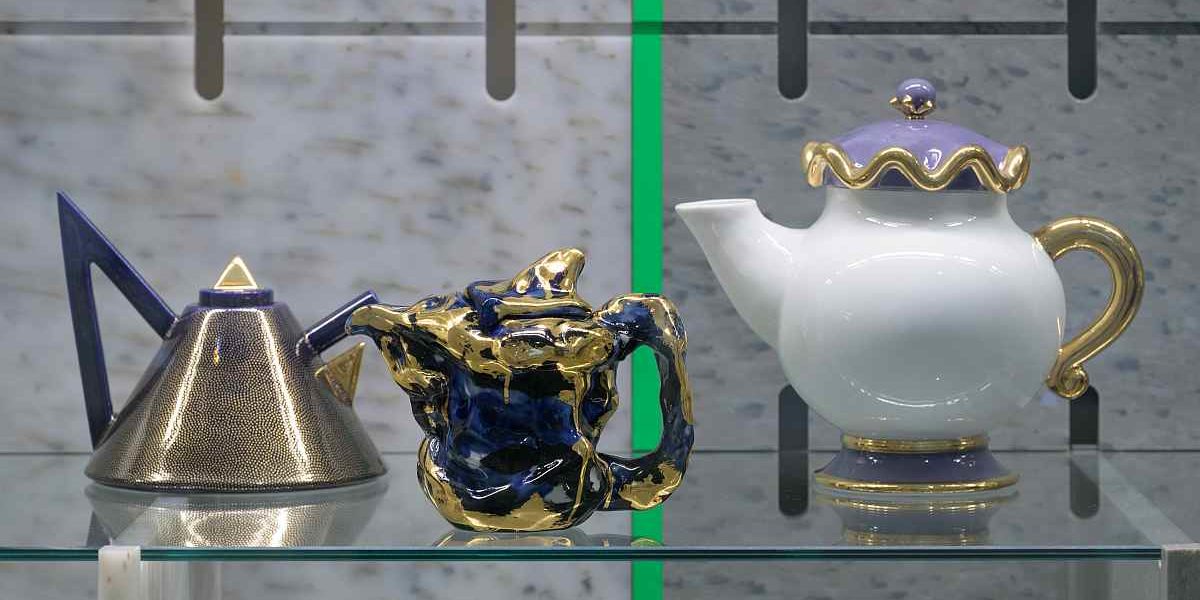
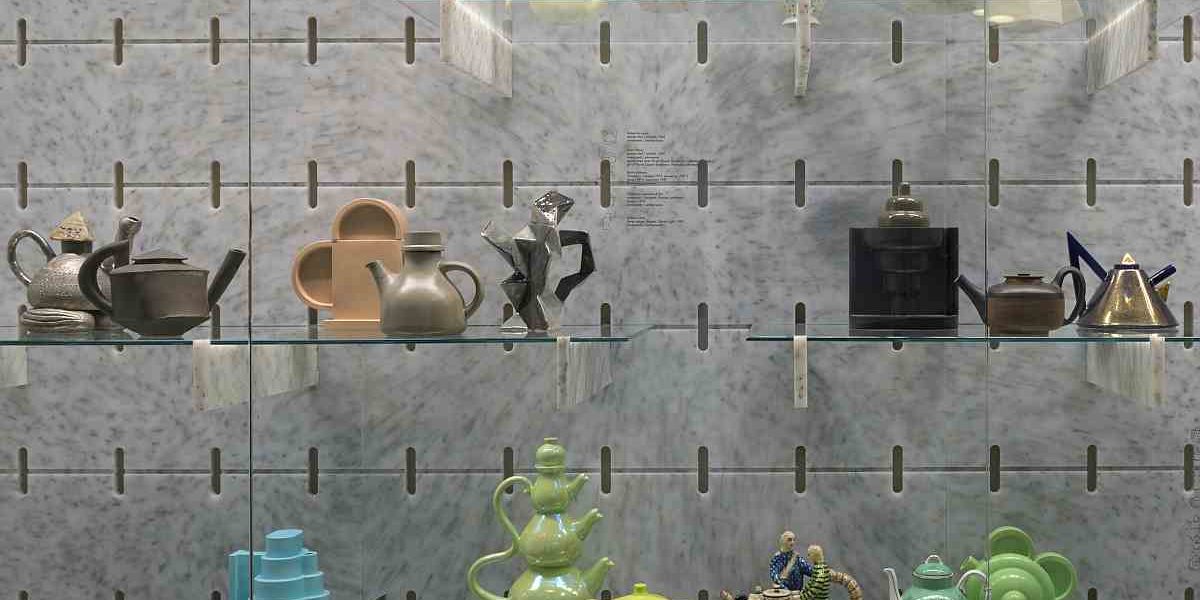
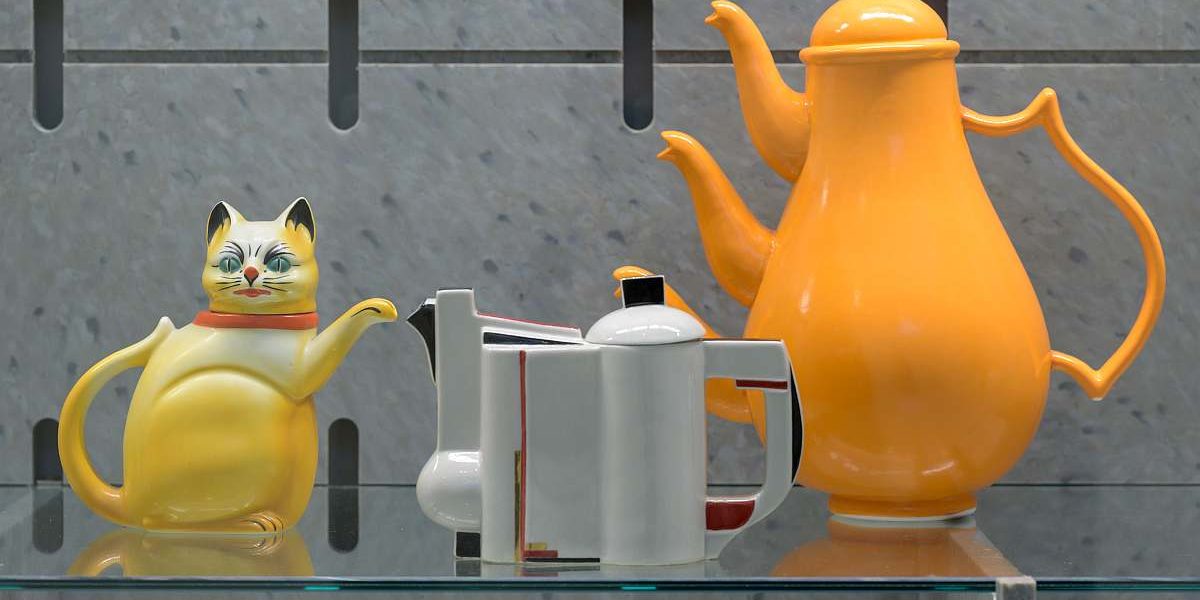
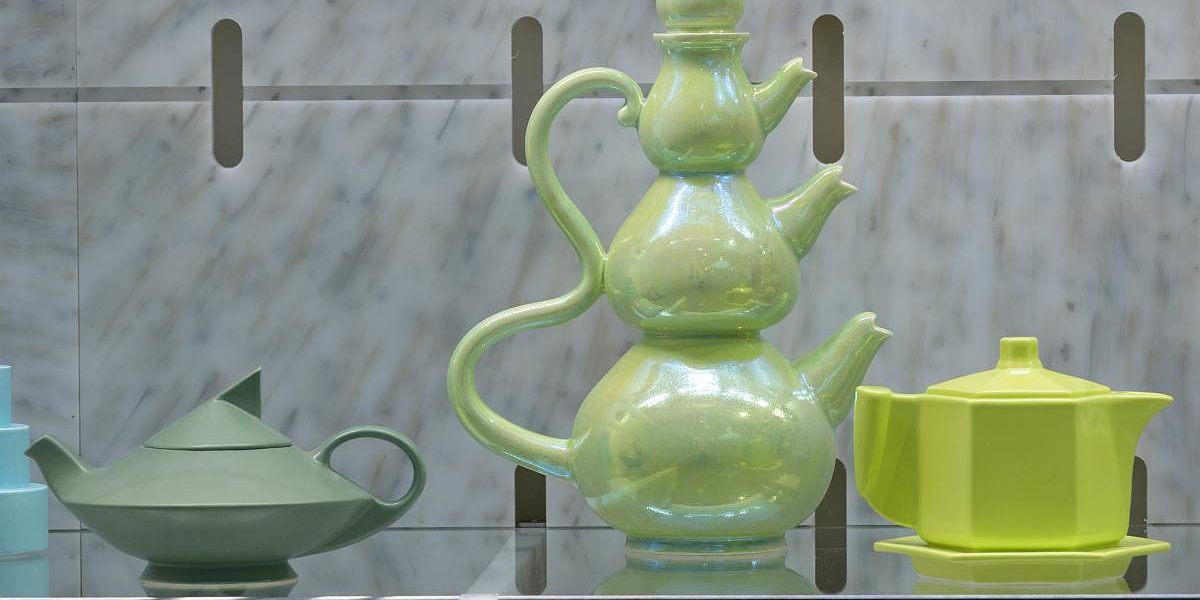
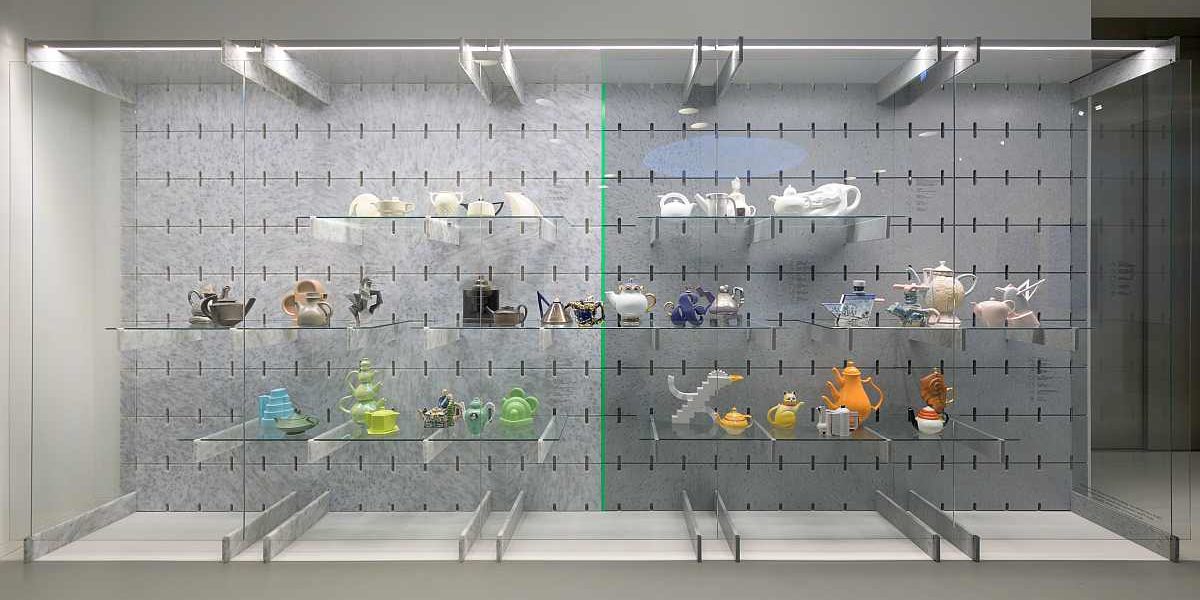

This presentation has been made possible by the support of the municipality of ‘s-Hertogenbosch,

the province Noord-Brabant,

the Friends, Members and Patrons of the museum and Club Design.
